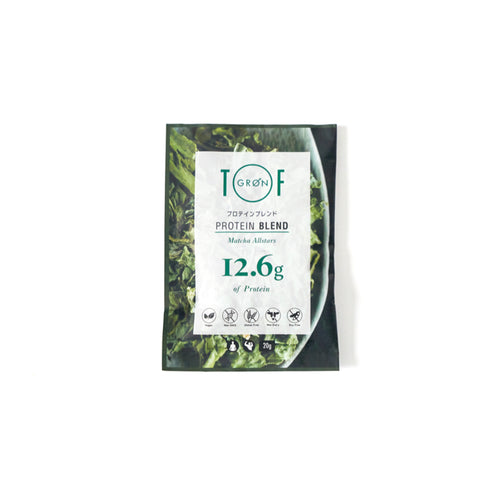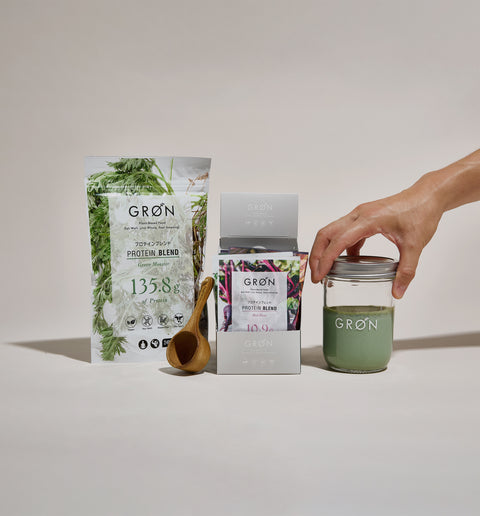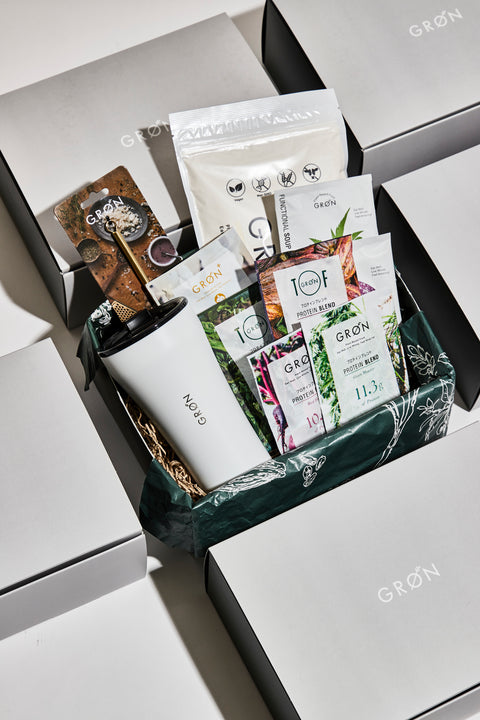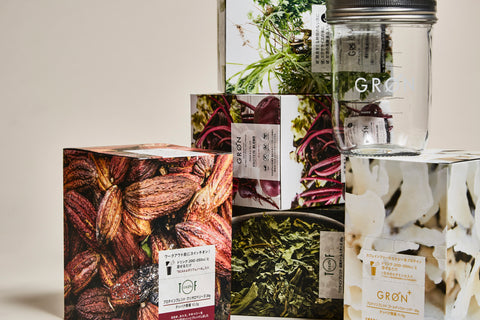Things to be careful of to prevent food poisoning bacteria from occurring ~ Nutritionist's Column Vol.113
Food poisoning can occur throughout the year, but special caution is required during the summer months from June to September .
During this time of year, temperatures and humidity are high, creating an environment conducive to the proliferation of food poisoning bacteria.
As the rainy season turns into summer, temperatures and humidity rise, dramatically increasing the risk of food poisoning.
As we have mentioned in previous columns, we would like to introduce again the food management and hygiene methods that you should be careful of during this time.
> Food management to be careful of during the rainy season ~ Nutritionist's Column Vol.66

What kind of environments are prone to food poisoning bacteria?
Temperature and humidity have a major impact on the proliferation of food poisoning bacteria.
■ Temperature range where bacteria easily grow
Generally, food poisoning bacteria multiply most actively at temperatures above 30°C , especially at 35 to 40°C .
・Salmonella: 37℃
・O157 : 35 to 40°C
・Staphylococcus aureus: 30 to 37°C
Campylobacter: 37°C
As the temperature increases, the rate of bacterial growth increases exponentially.
Bacterial growth that takes one hour at 20°C is completed in 30 minutes at 30°C and in 10 minutes at 40°C .
■ Humidity that is conducive to the proliferation of bacteria
A humid environment provides a place for bacteria to hydrate.
In particular, humidity levels of 70 % or higher promote the growth of bacteria.
Conversely, in a dry environment, bacteria lose moisture and are more likely to die.
However, some bacteria produce spores that are resistant to drying, so it is important to be careful as they will not die completely.
In addition, in a humid environment, mold is more likely to grow.
Mold can not only cause food poisoning, but can also cause health problems such as respiratory illnesses.

Three principles for preventing food poisoning
So, what should we be careful about to prevent the development of food poisoning bacteria?
There are three principles for preventing food poisoning:
"Don't let bacteria get on you (clean, wash)"
"Prevents bacteria from multiplying (quickly and cooled)"
"Kill bacteria (heat, sterilize)"
Keep bacteria away (clean, wash)
The bacteria that cause food poisoning are all around us.
Always wash your hands before cooking and keep your cooking utensils clean.
When handling raw meat or seafood, care should be taken to avoid contact with other foods.
Make sure to eat it immediately after cooking.
It is also important to keep cooking utensils clean.
Bacteria can also attach to kitchen utensils such as knives and cutting boards.
After cooking, wash immediately and disinfect with alcohol or boiling water if necessary.
Dishcloths and sponges in particular are places where bacteria easily grow, so be sure to use clean ones and replace them regularly.
Prevents bacteria from multiplying (quickly and cooled)
Food poisoning bacteria multiply more easily at higher temperatures, so proper storage and management of food ingredients is important.
In particular, meat, seafood, eggs, and dairy products are prone to spoilage, so care must be taken.
Store food properly in the refrigerator (below 4°C ) or freezer (below -15°C ) , and try to eat it immediately after cooking. If you prepare food in advance, be sure to cool it thoroughly.
Also, thawed food is in a state where bacteria can easily grow, so cook it immediately after thawing.
Check the expiration date and avoid eating food that has passed its expiration date.
Kill bacteria (heat, sterilize)
Most food poisoning bacteria are killed by heating.
Cook meat thoroughly until its internal temperature is at least 70°C , chicken at least 75°C , and eggs until the yolk is set.
Wash vegetables thoroughly under running water and cook them if necessary.
It is best for small children and those with weakened immune systems to avoid eating raw food, especially when eating out.

How to store GRØN
GRØN protein blends and soups are dry powders, so if stored properly, you don't have to worry about food poisoning bacteria.
However, if you live in a humid area or during the humid rainy season and summer, we recommend that you remove the air from the bag, make sure the zipper is closed, and store it in the refrigerator.
Purchase GRØN here.
——————————————————
Nutritionist, Food Education Instructor, Food 6th Industrialization Producer Level 4
Ayako Ishihara
A nutritional advisor in the healthcare field and an agribusiness professional.
She is involved in a variety of activities specializing in the fields of beauty and health, including giving lectures to Miss World Japan candidates.
With the philosophy of "enriching the mind and body through food and realizing a vibrant society where people and communities are connected," he founded i-Field Co., Ltd. in 2013 and serves as its representative.
He is a core member of the food team for "DINING OUT," which opens outdoor restaurants in various regions, and also participates in fashion brand projects.
She is also involved in the promotion of local ingredients, product development and production specializing in "health" and "beauty," branding, concept design, food hygiene, sales promotion, training planning and management, etc. She is in charge of nutritional supervision for GRØN's product development, proposing ways to incorporate them more effectively into consumer health.
——————————————————



















